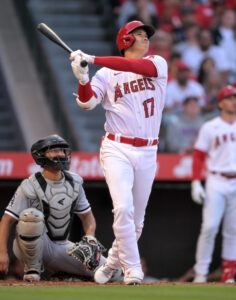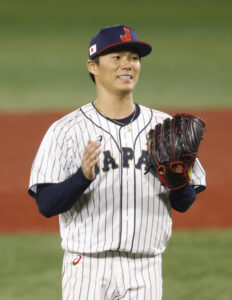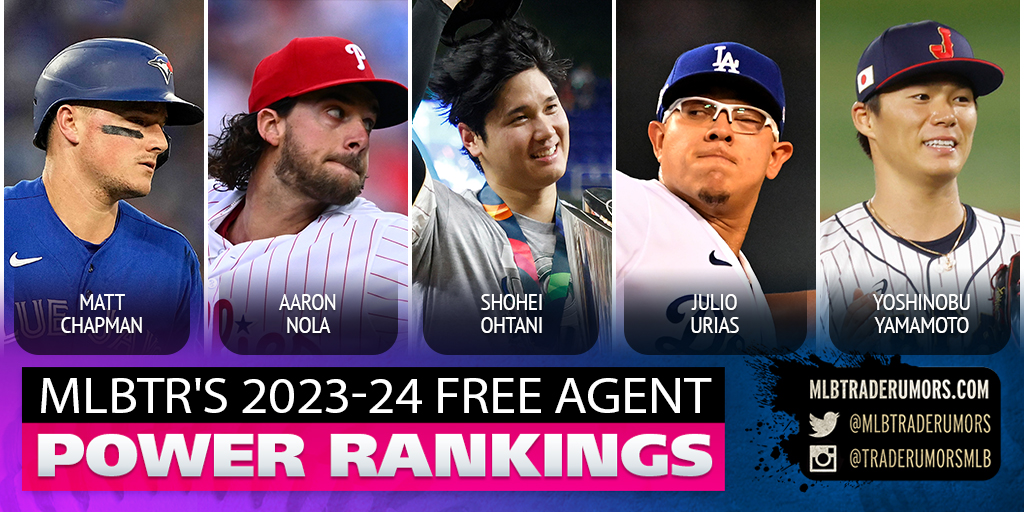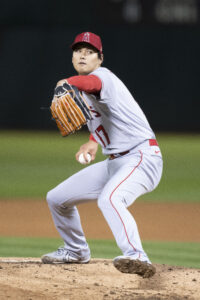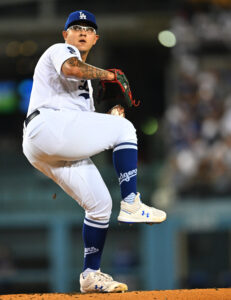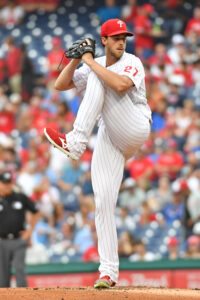The Reds have been in contact with the White Sox as they search for rotation help, reports Jon Morosi of MLB.com (on Threads). Specific targets aren’t reported, though it’s not hard to infer which players could be of interest.
Lucas Giolito is arguably the sport’s most apparent trade candidate. The right-hander is an impending free agent and has a 3.45 ERA through 19 starts. He’s striking out a little more than a quarter of opponents against a modest 7.3% walk rate. While Giolito’s velocity and whiffs are down marginally from a 2019-21 stretch that saw him post a 3.47 ERA in 72 appearances, he has rebounded nicely from a down 2022 season.
With the White Sox now 17 games below .500, they’re predictably approaching the deadline as sellers. The Sox aren’t expected to make a strong run at re-signing Giolito, whose upcoming free agent deal is likely to easily eclipse Chicago’s franchise-record $75MM guarantee for Andrew Benintendi.
He’d be a lock to receive and reject a qualifying offer that would afford Chicago draft compensation if he signs elsewhere. They’ll almost certainly receive more compelling prospect offers in the next couple weeks though. The Dodgers have already checked in and virtually every contender figures to be in touch with Chicago GM Rick Hahn before August 1.
Giolito is playing this season on a $10.4MM arbitration salary. Around $3.35MM will be remaining from the deadline onwards. Cincinnati GM Nick Krall has indicated the club has the payroll flexibility to accommodate midseason trade targets. Rotation help is the obvious area to do so.
While Giolito would be the more appealing target for other teams, Chicago seems likely to move veteran righty Lance Lynn as well. The 36-year-old carries a career-high 6.03 ERA over 103 innings but has much better strikeout and walk marks. Lynn is fanning hitters at a strong 27.9% clip against an average 8.1% walk rate. His biggest issue, an MLB-worst 22 home runs allowed, could be a tough fit at Cincinnati’s very hitter-friendly Great American Ball Park. Still, the durability Lynn provides would be welcome for a Reds’ rotation light on experience at present.
Lynn is making $18.5MM this season. His contract contains an $18MM club option that seems likely to be bought out for $1MM. With the two-time All-Star likely headed to free agency next winter, the Sox figure to look for trade possibilities this month. That’s also true of Mike Clevinger, whose contract contains a $12MM mutual option the team will likely buy out for $4MM. They could be hard-pressed to find interest in Clevinger considering the fairly lofty buyout price and biceps inflammation that has had him on the injured list for a month.
There’s less urgency on either Dylan Cease or Michael Kopech. Both pitchers are eligible for arbitration through 2025. The asking price on either player — Cease especially — would be significantly higher than what the Sox would expect for even their top rental in Giolito. Jon Heyman of the New York Post suggested earlier this week that Chicago could be willing to hear offers on Kopech but wasn’t interested in parting with Cease.
Cincinnati is surely in contact with a number of teams as they explore rotation possibilities. Tonight’s 1-0 loss to the Brewers dropped them into a tie with Milwaukee for first place in the NL Central. They’re still positioned as deadline buyers, of course, with a rotation that ranked 28th in ERA (5.69) entering play Friday standing as the big concern. Nick Lodolo and Hunter Greene are on the injured list. Cincinnati has rookie Andrew Abbott at the top of the rotation, followed by Graham Ashcraft, Ben Lively, Brandon Williamson and Luke Weaver. The latter two pitchers have struggled.
